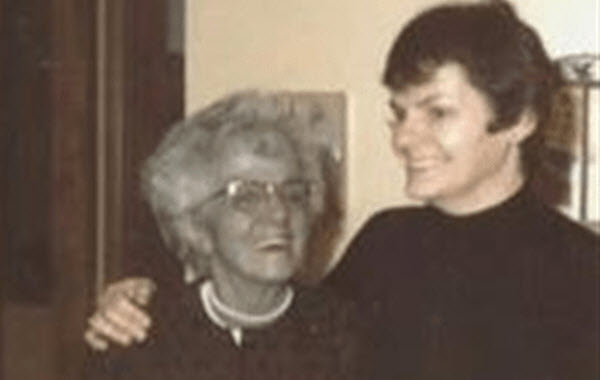Human skin color varies depending on race and geographic location, ranging from fair skin in Europe, North America, and Oceania, to darker shades in Africa and Southeast Asia. However, no human being has ever been naturally born with blue skin—except for one remarkable family in Kentucky, USA. The Fugate family, often referred to as “the Blue Fugates,” have been passing down this rare blue skin trait for over 200 years. This genetic phenomenon, unique to their family, has intrigued both the medical and scientific communities, leading to numerous studies and inquiries.
The story of the Fugates gained public attention in 1975, with the birth of Benjamin Stacy. Nurses and doctors were stunned when Benjamin was born with dark blue skin instead of the typical pink or fair complexion seen in most newborns. The medical staff at the hospital in Hazard, Kentucky, were so alarmed by the strange color of his skin that they rushed him to the University of Kentucky Medical Center. After two days of tests, doctors were at a loss to explain the condition—until Benjamin’s grandmother revealed a family secret. She asked, “Have you ever heard of the Blue Fugates?” It turned out that Benjamin was the latest in a long line of blue-skinned descendants.

The Fugate family traces its origins back to Martin Fugate, an orphan from France who emigrated to the United States in the early 1800s. Martin, who also had blue skin, settled in a remote area of eastern Kentucky known as Troublesome Creek. Isolated from the outside world, he married a woman named Elizabeth Smith, who, unbeknownst to him, also carried a recessive gene responsible for a rare blood disorder. Of their seven children, four were born with blue skin. In the secluded hills of Kentucky, the family lived in near-complete isolation, which led to intermarriage between relatives and further concentrated the gene.

By the 1950s, doctors became interested in the Fugates, particularly Dr. Madison Cawein, a hematologist from the University of Kentucky. After years of attempting to study the family, Dr. Cawein finally met two descendants, Patrick and Rachel Ritchie, who were uncomfortable with their blue skin and sought a solution. Upon examining them, Dr. Cawein discovered they suffered from a rare hereditary condition called methemoglobinemia, which affects the blood’s ability to carry oxygen and gives the skin a bluish tint. This disorder results in elevated levels of methemoglobin, a blue version of hemoglobin, in the bloodstream.
Dr. Cawein devised a treatment using methylene blue, a substance that temporarily restored the family members’ skin to a more natural hue. While the treatment provided temporary relief, their skin would return to its blue color after the effects of the methylene blue wore off. Over time, regular doses of the treatment allowed the family to live with a more normal skin tone.


In the case of Benjamin Stacy, his blue tint faded naturally within two months of his birth, and by the time he turned seven, his skin had returned to a typical color. However, under certain conditions—such as extreme cold or anger—his blue tone would resurface, a lingering reminder of his unusual genetic heritage.
